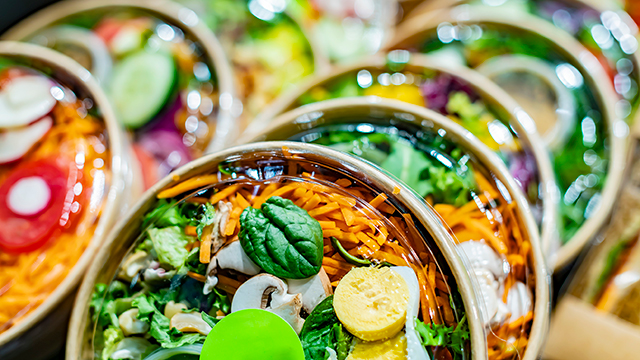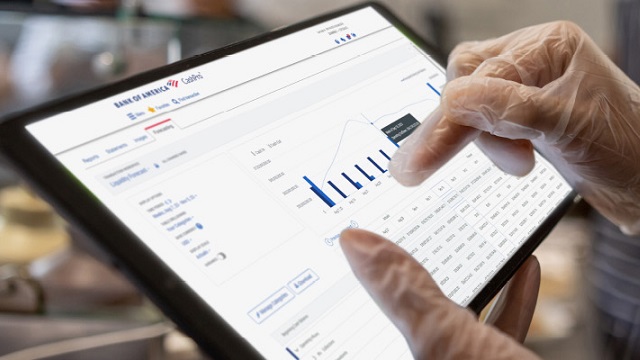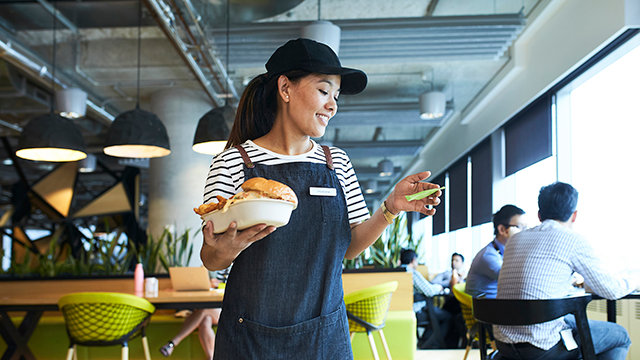While challenges remain, especially with recruiting and retaining employees, this is an exciting time to be a restaurant owner/operator. Moderating inflation has allowed for healthier margins as customers spend more than ever on dining out. Companies that respond to consumers’ evolving taste will be the ones to prosper.







